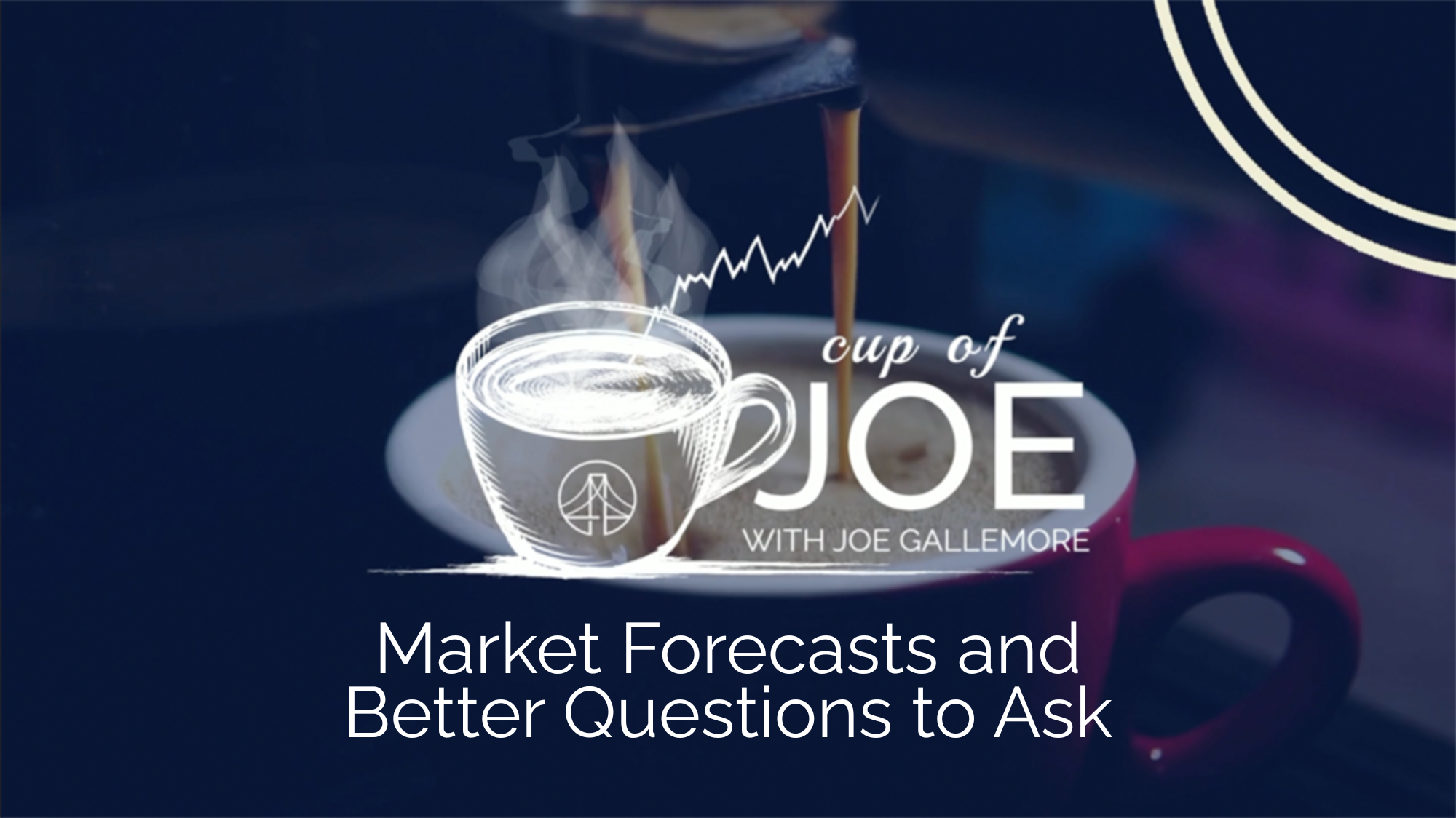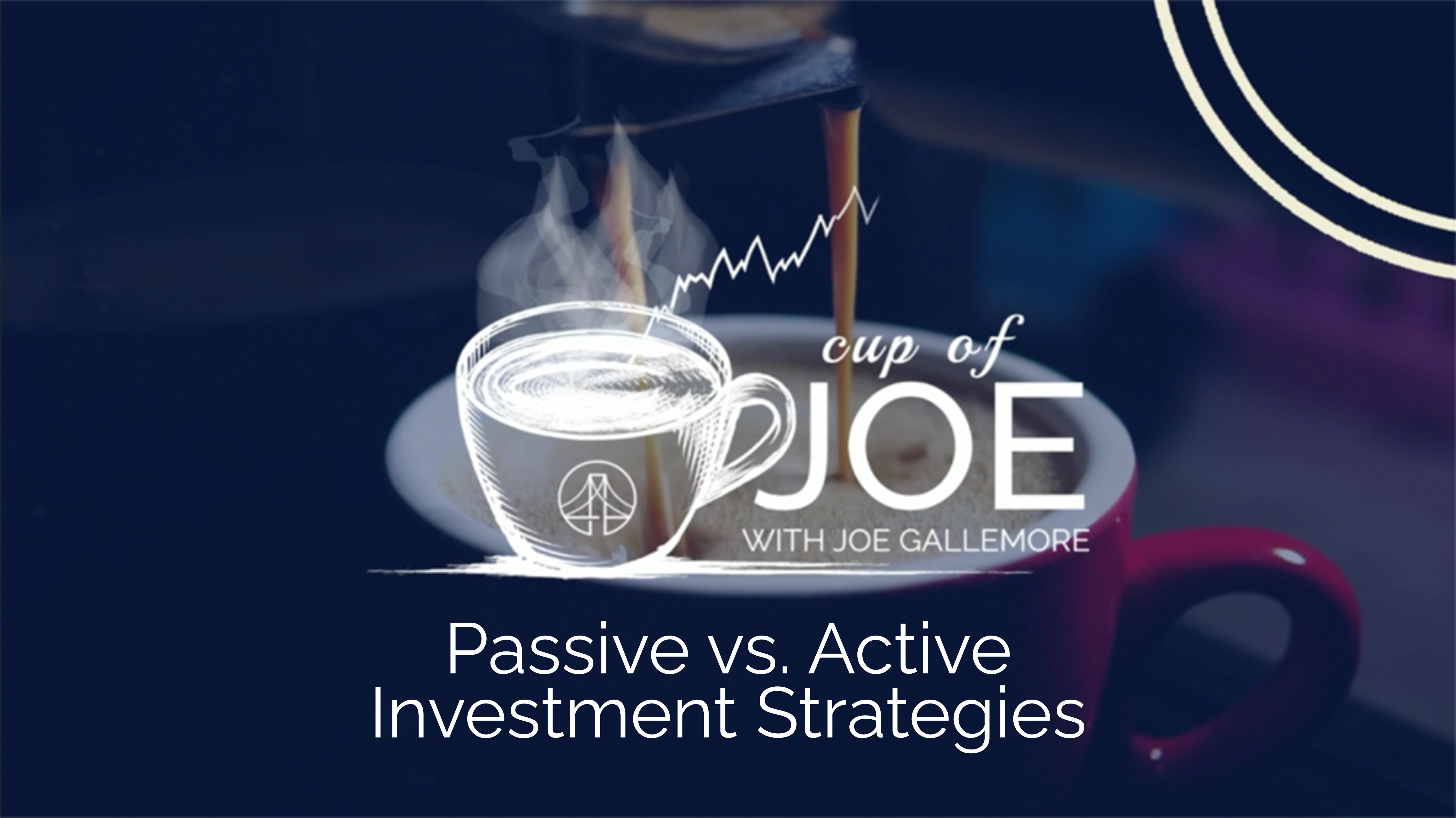Equity markets finished the 3rd quarter on a two month skid. Rising oil prices and interest rates were the main culprits for this.
Looking back, this feels like a market that got out over its skis up through July and spent the last two months back pedaling to more reasonable expectations. The stock market is focused on how long interest rates may remain high and when the tightening effects of that will start to alleviate. Things like mortgage rates declining and what the squeeze on corporate profits.
What do market statistics mean to you?
- Timely perspective and why it should matter to you:
Today’s S&P 500 level takes us back to 5/3/2021. The trailing return for the 2.33 years since then is flat, excluding dividends.And in fact, the index is still down approximately 11% from its peak in January of 2022. Still not back to where we were pre-pandemic and pre-rate hikes. When you hear these sound bits on TV you should think, “Does this apply to me?” - Index concentration: The top 5 names of the S&P 500 amount to a whopping 24% of the index; the top 10 names account for 31%!. At one point this year, the top 7 stocks were responsible for around 80% of the Index’s return.
- Unless you owned only those 5-10 stocks, then you’re not going to experience this. Unless you owned only the index, you won’t experience this. And never would we recommend you focus your portfolio in 10 stocks or even one single index fund.
- Last time interest rates were this high was in July 2007. This is a market environment most people are not used to.
Why is that important? Because the Fed’s actions have an enormous impact on how markets behave and, thus, your portfolio. The Fed began raising interest rates last year and volatility was rampant. But before this, a rate hiking cycle of this scale was so long ago that it seems people forgot what this feels like. - Many economists are referring to today’s levels as “back to normal interest rates”. Hopefully this means that the Fed can make adjustments without causing massive price dislocations, which is what happens when rates sit at such an extreme (0%!) for such a long spell. The Fed has said they intend to keep rates higher for an extended period of time, so investors should reset their expectations and think of this as the proverbial New Normal, at least for a while.
- What a recession may mean for your portfolios.
Volatility experienced in a recessionary market is typically good for actively managed strategies. It allows for what’s referred to as price discovery- where the market price of a stock is lower than what is implied by the fundamentals of the underlying company. Active managers love to pounce on these opportunities. - Typically, asset allocation has a more pronounced impact during and out of a recession. For example, small & mid cap US stocks tend to do very well and often outpace large caps, coming off the bottom of economic cycles. Growth, particularly Tech, stocks should have less of an oversized effect. Bonds historically have acted as a stabilize. Hopefully we see this as the Fed nears the end of the hiking cycle. In the mean time, savings rates are providing a nice return to weather the storm, per se.
- Focus on your spending- Maintaining your normal spending plan, when funded by distributions from your investments, eats up bigger chunks of your assets when the markets decline. So adjusting your spending is a great way to improve your investing outcome.Thank you for your continued trust and partnership.
Joe Gallemore, CIMA®, Partner




